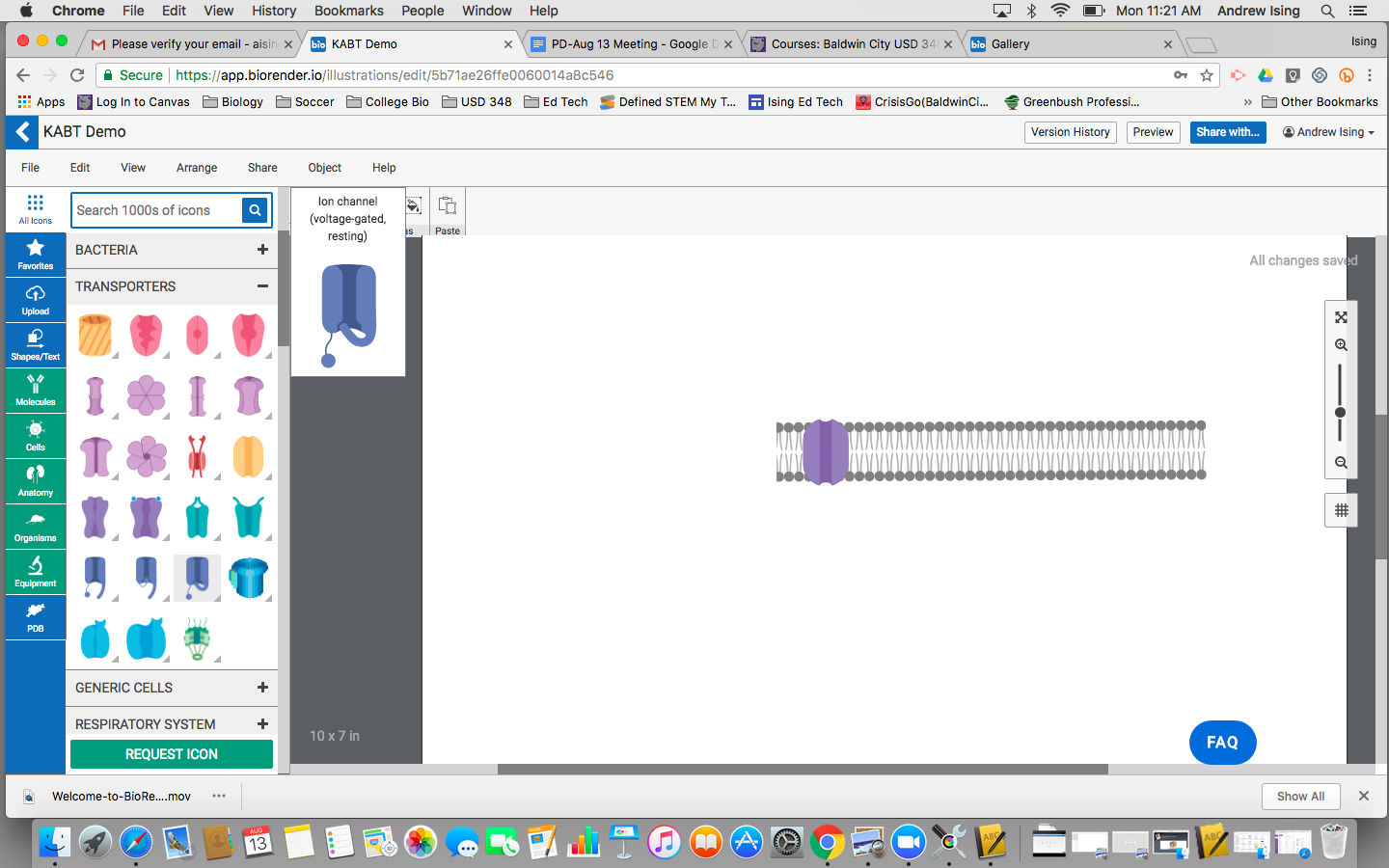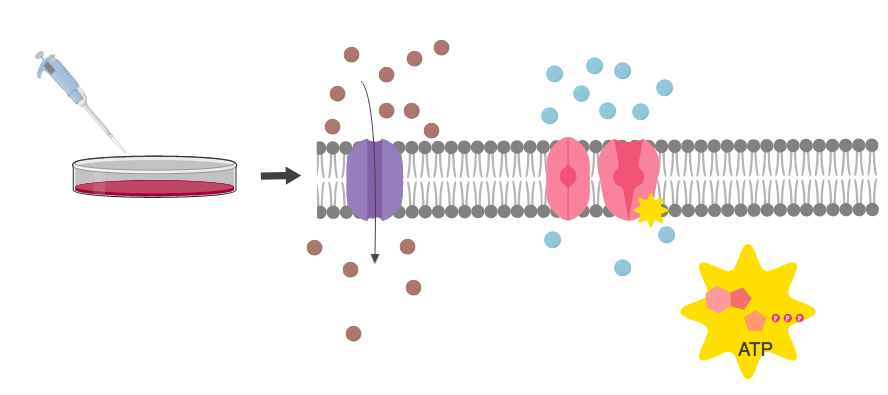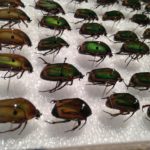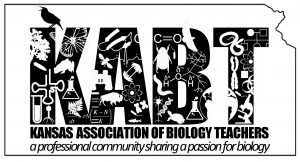BioRender
Imagine for me, if you would, this scenario: you are trying to make a diagram for a lab report (or assessment or poster or whatever) but you can’t find the right figure. So you draw something that resembles what you want, or you use an image you found online that is similar to what you want, but then you spend almost as much time identifying and discussing the weaknesses of the model as you do working with the model itself.
[ESPN Documentary Narrator Voice] What if I told you there was a free way to make high-quality, detailed models with your students?
My wife’s uncle shared BioRender with me this week, and I knew I needed to share this ASAP. Watch this intro video you’ll see when you sign up for a free account, and try to act cool… I’ll wait.
DID YOU FREAK OUT A LITTLE BIT?! I did. (OK, maybe more than a little bit.)  There is a lot to explore with this, but here are some highlights for me. Not only are there 1000s of icons you can add to your figure, but you can control the color scheme for many of them and add labels to make your models even more robust.
There is a lot to explore with this, but here are some highlights for me. Not only are there 1000s of icons you can add to your figure, but you can control the color scheme for many of them and add labels to make your models even more robust.
 It has some built-in support to pull models from the Protein Databank. When you have the EXACT protein you want to use, you can control how your protein is visualized and rotate the protein so you show the exact part of interest.
It has some built-in support to pull models from the Protein Databank. When you have the EXACT protein you want to use, you can control how your protein is visualized and rotate the protein so you show the exact part of interest.  After Andrew Taylor’s Fall Conference presentation on 3D-printed models, I went looking for the proteins associated with the pharmaceutical product Gleevec.
After Andrew Taylor’s Fall Conference presentation on 3D-printed models, I went looking for the proteins associated with the pharmaceutical product Gleevec. 

I encourage you to go check this out. Visit https://biorender.io/ and create an account. Once you start creating, share your best figures with us here or on social media. I may be speaking for myself here, but I can’t wait to start using and making these models with my students!
KABT: Facebook Group or Twitter
BioRender: Twitter
edited to fix a capitalization mistake 8/13

 Previous Post
Previous Post Next Post
Next Post